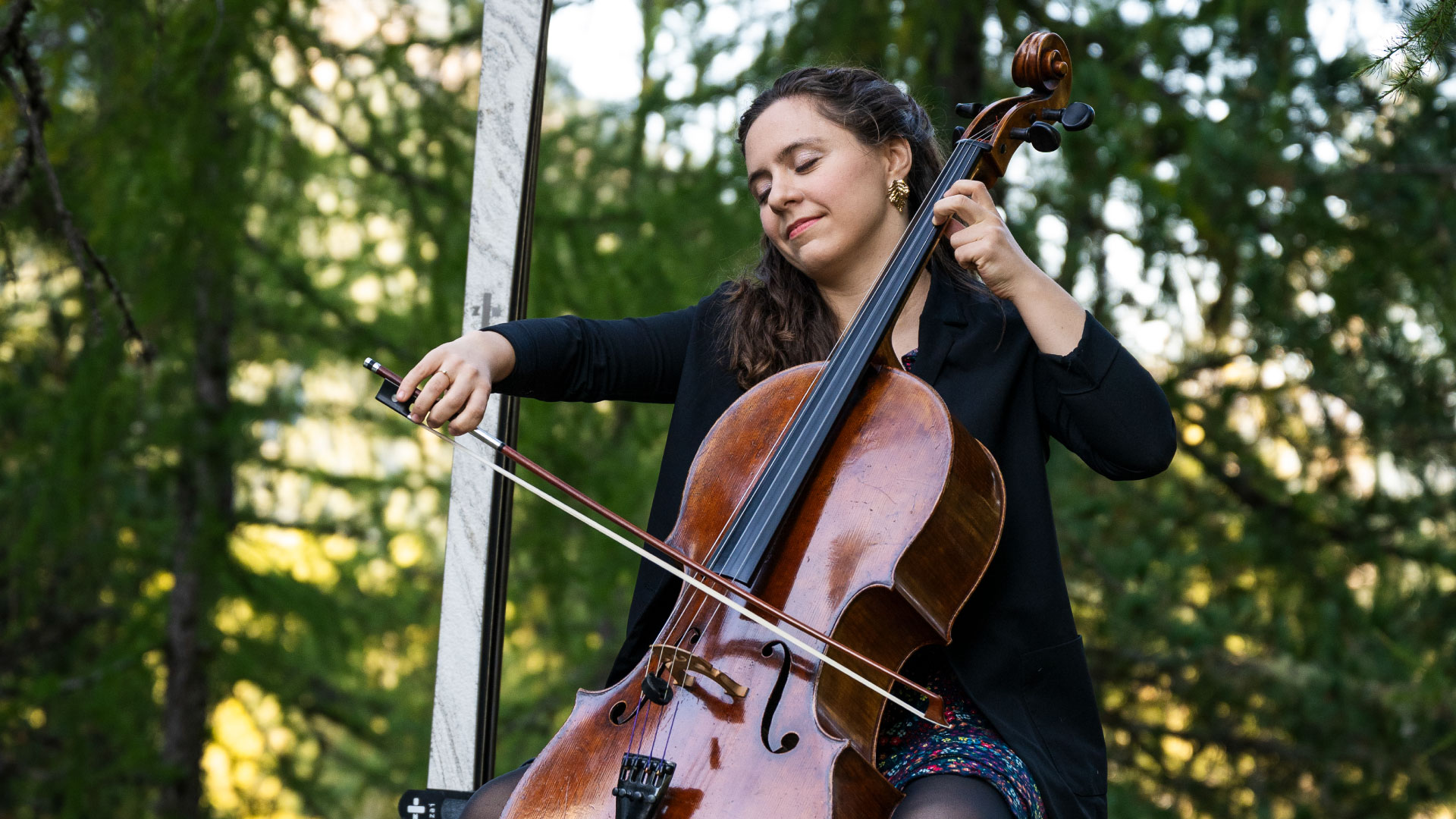zai developments 2024 - About performance and forms
At zai, everything revolves around innovation and performance. Since 2019, our partnership with the IWK Institute for Materials Engineering and Plastics Processing at Rapperswil University of Applied Sciences has led to new developments in ski design. Our focus: materials and their impact on performance. This is the only way we can fulfil the highest demands on design and push the boundaries of what is possible step by step.

2019-2022: Materials & performance
The test rig, which was specially developed for zai, enabled us to test the composite of the skis for damping, stiffness as well as tensile and compressive strength. A key example is our stone skis, which are impressively smooth-running - especially on icy slopes. These properties were confirmed both on the piste and in the laboratory. The challenge was to find materials and composites that optimise performance depending on the skiing style and needs - from courageous speed skiers, agile slalom athletes or enthusiastic recreational skiers.

2023-2024: The optimal shape
Finding new ideas is a creative and often intuitive process, where we test the latest and greatest ideas like our icons. Our current project, the Innosuisse project 2023-24, focuses on the perfect shape of a ski. We are researching the optimal geometry in three phases: from the construction of a data-based simulation model that simulates dry snow, to the validation of these models, to the investigation of different ski shapes and their influence on lift, cornering and smoothness. Our preliminary results indicate that conventional designs are not necessarily the best. The aim is to test and optimise our new ideas and design icons on the basis of the knowledge gained.
Form research in three swings
The structured approach enables us to systematically optimise and further develop zai's ski designs.
First phase: simulation of dry snow In this phase, we construct a data-based simulation model that specifically simulates dry snow. This enables us to create and analyse realistic conditions for ski performance.

Second phase: Validation of the model Here we check whether the simulation results match the existing findings from the literature and the zai tests. This phase is crucial for confirming the accuracy of our model.

Third phase: Influence of different ski shapes In the final phase, we investigate how different ski shapes (such as the shape of the shovel, geometry, camber and levelling) influence factors such as lift, cornering and smoothness. The aim is to understand the impact of these variables on overall performance.

The latest innovation: the zai blade made of cellulose
As a logical continuation of our research work with the IWK, the zai blade symbolises our commitment to advanced materials. The cellulose core, a remarkable departure from traditional carbon, is a milestone in sustainability and performance. This innovative material gives the ski exceptional damping and stability, while the design, with its precise geometry and balanced mix of materials, combines technical perfection and aesthetic elegance. The zai blade is not just a new member of the family, but an ambassador for the future of ski design that redefines lightness and enjoyment in skiing.
In exchange with research, our new ideas and the experiences of the zai community, we continue to work tirelessly on the development of the future of skiing, characterised by innovation, research and a tireless passion for the perfect ski.

Visit our SKI collection
zai skis embrace piste, powder, and all-mountain ability. Together theyembody the purest expression of the zai philosophy: quality, innovation, andperformance.
Explore Products

